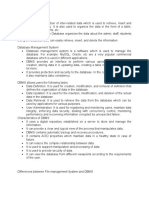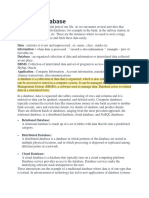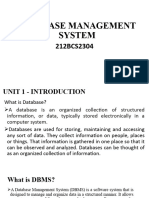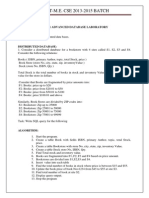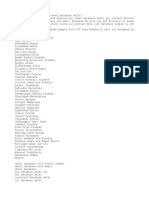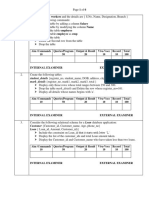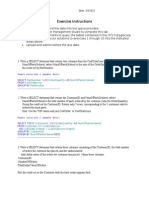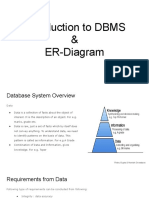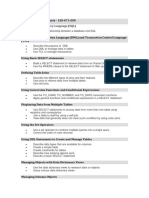0% found this document useful (0 votes)
13 views20 pagesDBMS Unit1
The document provides an overview of Database Management Systems (DBMS), explaining key concepts such as data, information, and the importance of DBMS in organizing and managing data efficiently. It discusses various types of data models, advantages and disadvantages of DBMS, and the components and architectures of DBMS. Additionally, it covers data independence, database languages, and their respective commands for managing databases.
Uploaded by
sweetak.0012Copyright
© © All Rights Reserved
We take content rights seriously. If you suspect this is your content, claim it here.
Available Formats
Download as PDF, TXT or read online on Scribd
0% found this document useful (0 votes)
13 views20 pagesDBMS Unit1
The document provides an overview of Database Management Systems (DBMS), explaining key concepts such as data, information, and the importance of DBMS in organizing and managing data efficiently. It discusses various types of data models, advantages and disadvantages of DBMS, and the components and architectures of DBMS. Additionally, it covers data independence, database languages, and their respective commands for managing databases.
Uploaded by
sweetak.0012Copyright
© © All Rights Reserved
We take content rights seriously. If you suspect this is your content, claim it here.
Available Formats
Download as PDF, TXT or read online on Scribd
/ 20





















